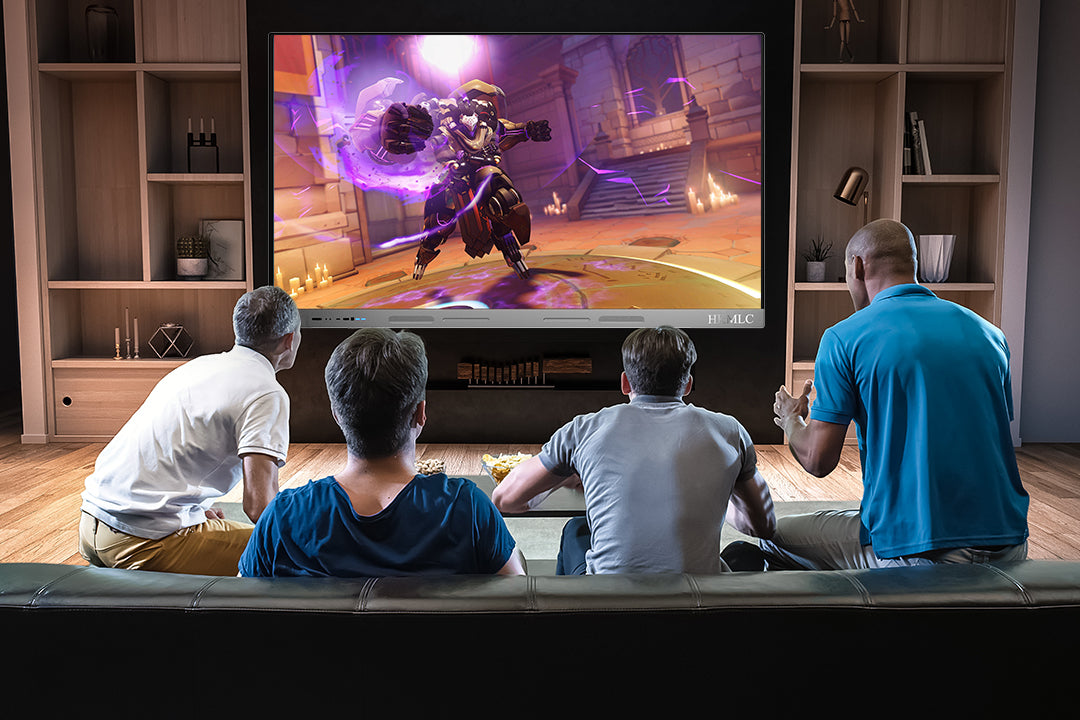

Experience the versatility of the HKMLC interactive whiteboard as it allows you to work and play, create and explore. Browse the Internet, stream videos, and video chat—all on a touchscreen.

The HKMLC interactive whiteboard integrates dozens of the most popular multimedia apps, transforming your leisure time into a dynamic, on-demand, digital interactive experience—tailored to your personal preferences.